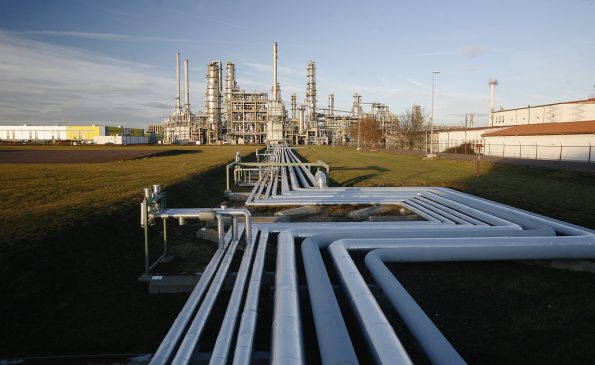
After two years of negotiations, Russia and France signed a treaty of military cooperation on June 17, 2011 under which two Mistral-class amphibious assault ships, together with their full technological complement, will be sold to Russia. This deal marked the largest transfer of sensitive military equipment from one country to another in history. The agreement is designed to stimulate each country‟s stagnating economy – slowed down by the world crisis –, revive Sarkozy‟s domestic support, appease the French electorate‟s discontent and satisfy the French military lobby‟s demands. Russia is seeking to renew its outdated military and technological base in order to restore the effectiveness of its military deterrence at the regional level. Meanwhile, France will take advantage of this commercial windfall to expand into new arms markets and further boost its foreign policy initiatives.
In March 2009, less than one year after the August 2008 Russian-Georgian War over South Ossetia and just a few months after the stock market crash in Moscow, Russian President Dmitry Medvedev announced a major economic recovery plan, which included a targeted infrastructure program designed to reinvigorate the Russian economy and to bring economic growth indicators back to 2000-2007 levels. In addition to supporting the usual energy and raw material export activities, the plan, most importantly, also stipulated that significant sums would be spent on streamlining and modernizing the Russian military.
The details of these expenditures were disclosed on February 24, 2011, when Deputy Defense Minister Vladimir Popovkin announced a long-flagged rearmament plan, set to run through 2020. This ambitious $650 billion weapons procurement program is designed to counter what is perceived as U.S. military encroachment in what the Kremlin regards as its “sphere of privileged interests.” Russia intends to simultaneously acquire and develop new technologies with both military and civilian applications, which will allow it to reduce the size of the armed forces and turn them into professional organizations.
…
…
Published in Political Reflection Magazine Vol. 2 No. 3




